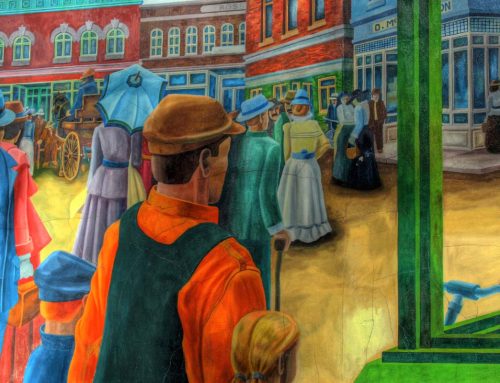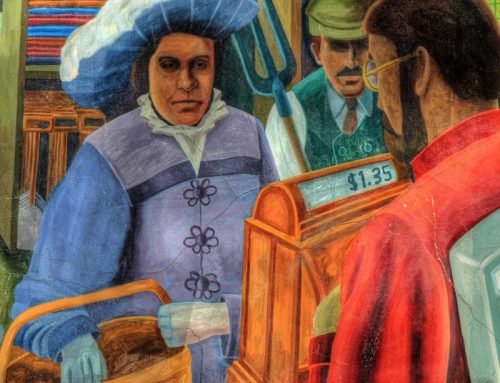Spending on arts and culture:
- Consumer spending on culture was 3 times larger than the $9.2 billion government spending on culture (over $27 billion on cultural goods and services – $841 for every Canadian resident).
- Canadians spending on live performing arts ($1.4 billion) was more than double their spending on live sports events ($650 million).
- Cultural spending increased by 28% from 1997-2008- double the growth in the population, but below the 37% increase in spending for all goods and services in that period
- Between 1997 and 2008, consumer spending on art works and events grew by 59%; more than any other category of spending
- Cultural spending is the highest inAlberta($963) andSaskatchewan($905);CalgaryandSaskatoonhave the highest per capita consumer spending on cultural goods and services.
- About one half (46%) of Canadian households spent money on books, magazines and periodicals, but the amount decreased 22% from 2001 to 2008.
- Canadians spent an average of $108 for each of the 13.2 million households inCanadaon the performing arts (37% of households), and they spent an average of $293 (up 49% between 2001 and 2008).
- Canadians spent the most on live performing arts followed by books, movies, live sports and museums.
www.hillstrategies.com/resources_details.php?resUID=10000375
Data drawn from Statistics Canada Survey of Household Spending – 2008.
In 2009, Ontarians reported spending $250 on reading materials and other printed matter per year. They also spent an average of $3,742 on recreation. Source: General Social Survey, 2010
In 2008, Ontarians spent an average of $330 on performing arts – 36% of the households;Saskatchewan(43%);Prince Edward Island(41%) andBritish Columbia(41%). Larger cities (over 100,000) spent more per household and had a higher percentage of their households spend on the performing arts ($316- 39% of households) compared to smaller cities ($224 – 35% of households), or rural areas ($212- 28% of households).
Source: Statistics Canada Survey of Household Spending
The Alliance of Canadian Cinema, Television and Radio Artists (ACTRA) worked with the Ministry of Labour and industry partners to develop guidelines to protect child performers and to provide increased direct income support for artists. “Despite being highly educated, artists earn significantly less than other workers, on average 20% less” (p. 8). Amendments have been suggested to have artists be treated as employees, so they may obtain the minimum employment standards available to other workers such as hours of work, overtime, rest breaks and eligibility for unemployment insurance. Bill 187, the Status of Ontario Artists Act (2007) was passed with 23 recommendations that did not fully address these issues. Source: Legislative Assembly of Ontario, Bill 187.








